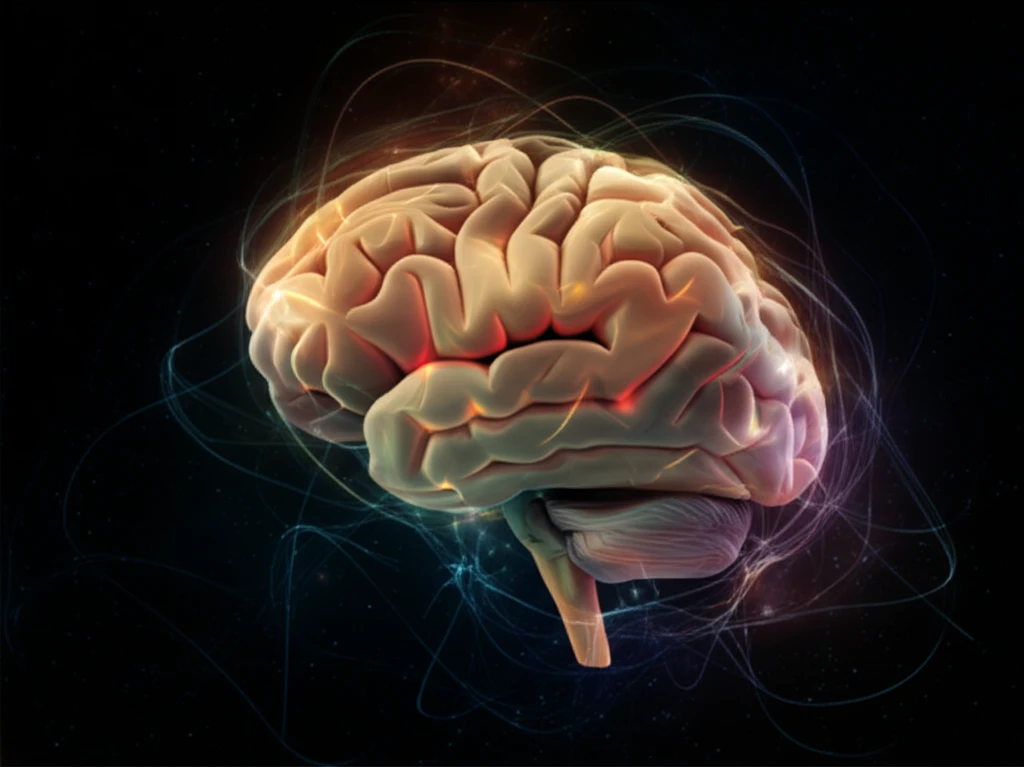
Decoding Your Brain: How Scientists Are Mapping the Amazing Cerebellum
"From movement to memory, discover how cutting-edge research is unlocking the secrets of this essential brain region."
Imagine a tiny, walnut-shaped structure tucked away at the back of your head. This unassuming part of your brain, the cerebellum, is a powerhouse of activity, orchestrating everything from your graceful dance moves to your ability to learn a new language. For years, scientists have been fascinated by the cerebellum, and now, with the help of advanced imaging techniques, they're unraveling its intricate workings in unprecedented detail.
This article will take you on a journey through the latest research, offering a clear and engaging look at how scientists are mapping the cerebellum. We'll explore how these maps are created, what they reveal about the brain's functions, and why this knowledge is so important for understanding both healthy brain function and a range of neurological conditions.
This is not a highly technical journal, but an exploration of science. We are going to simplify the concepts. You will be able to understand what the research means, and why it matters to you.
The Cerebellum's Hidden Power: What Does It Do?

The cerebellum, often called the "little brain," is responsible for a wide array of functions that go far beyond just movement. It acts as a central hub for coordinating our actions, thoughts, and emotions. It receives information from various parts of the brain and spinal cord, processes it, and then sends signals back to these areas to fine-tune our responses.
- Motor Control: The cerebellum is the master conductor of movement, ensuring smooth, coordinated actions. It helps us walk, write, and perform any skill that requires physical coordination.
- Cognitive Functions: Recent research has revealed that the cerebellum plays a vital role in learning, memory, attention, and even language processing.
- Emotional Regulation: Studies suggest that the cerebellum is involved in processing and regulating emotions, contributing to our overall emotional well-being.
A Brighter Future for Brain Health
As scientists continue to map the cerebellum, we can expect even more breakthroughs in our understanding of the brain. This research not only enhances our knowledge of healthy brain function but also paves the way for new treatments for neurological conditions. By exploring the power of the "little brain," we're taking significant strides towards a healthier and more informed future.
